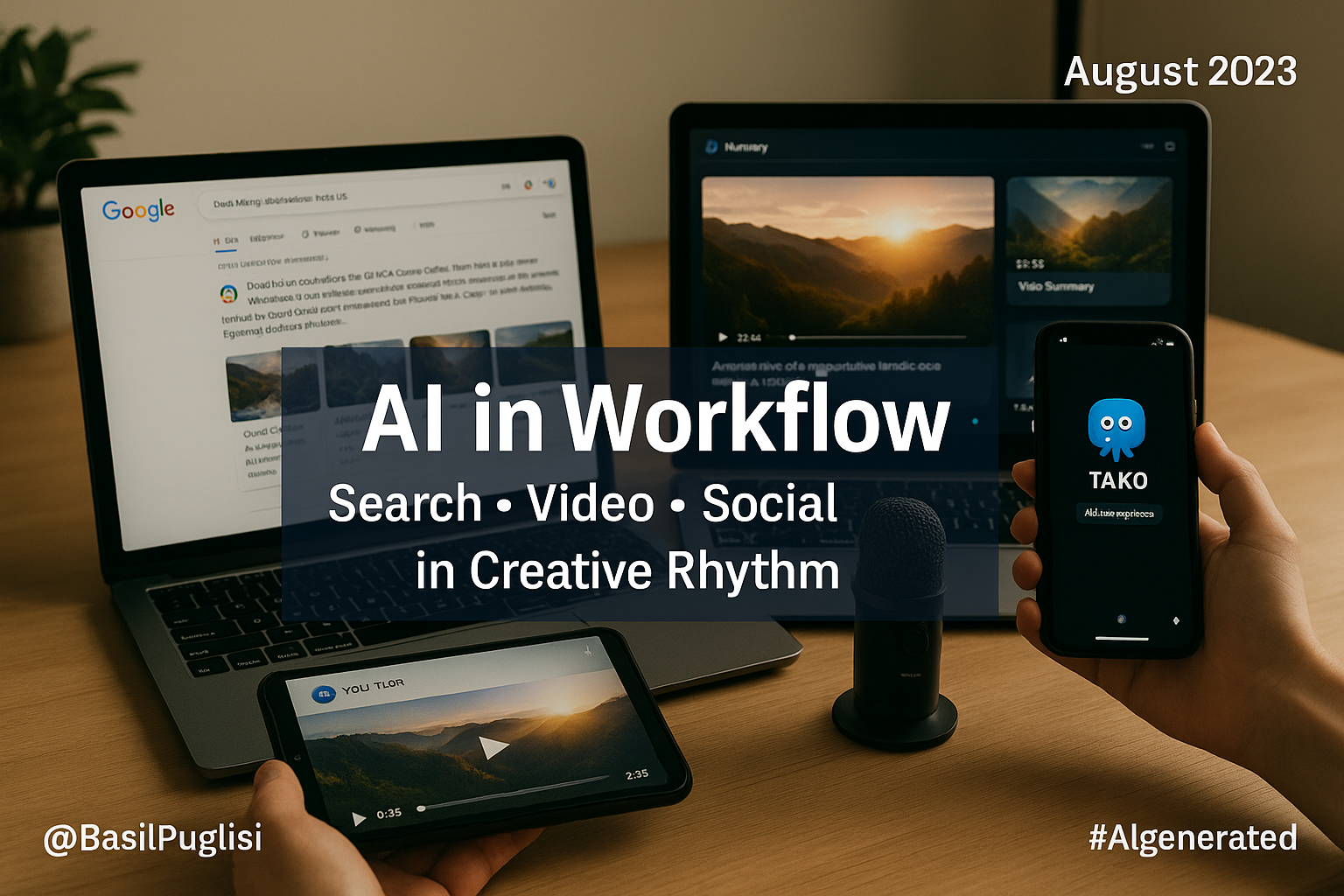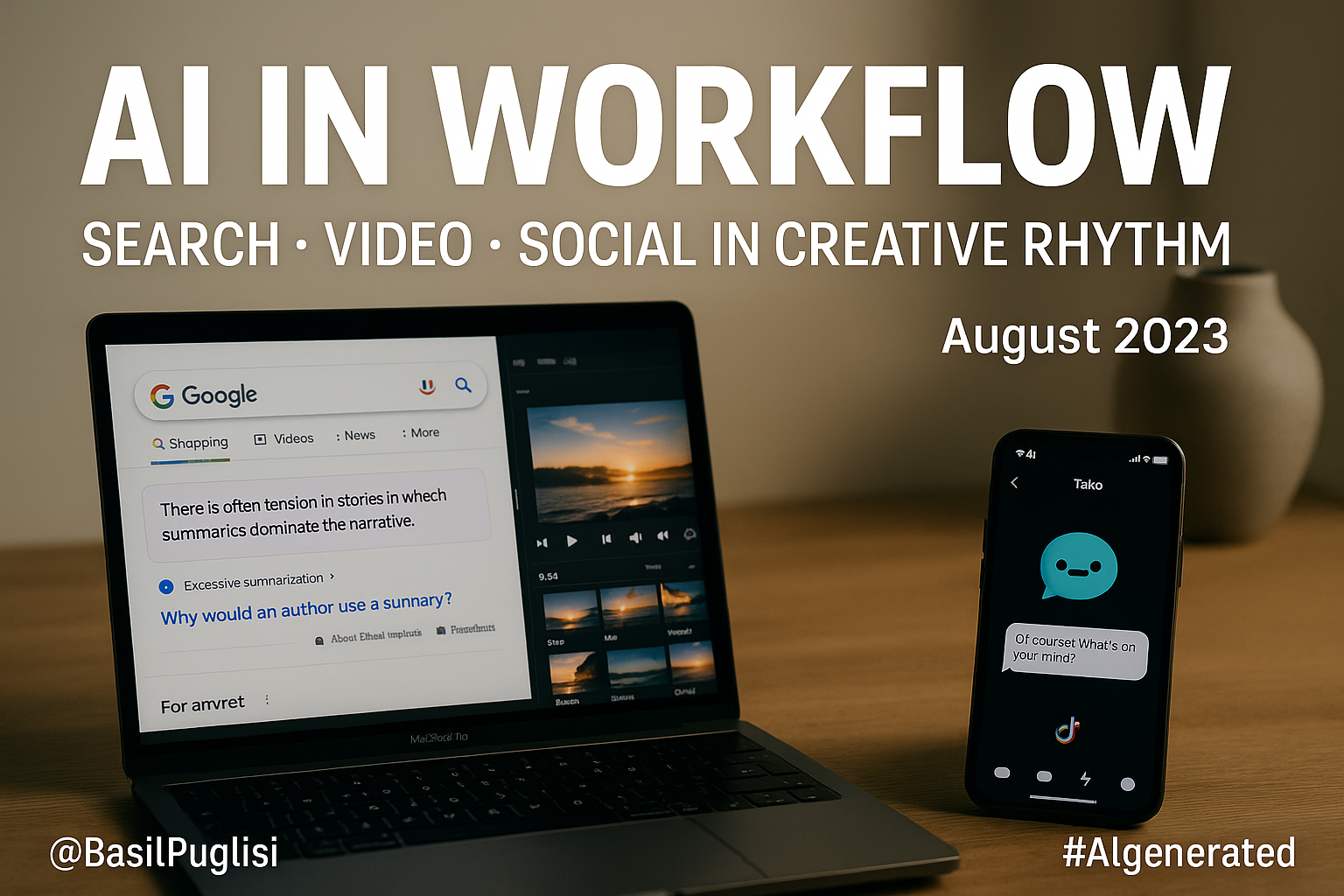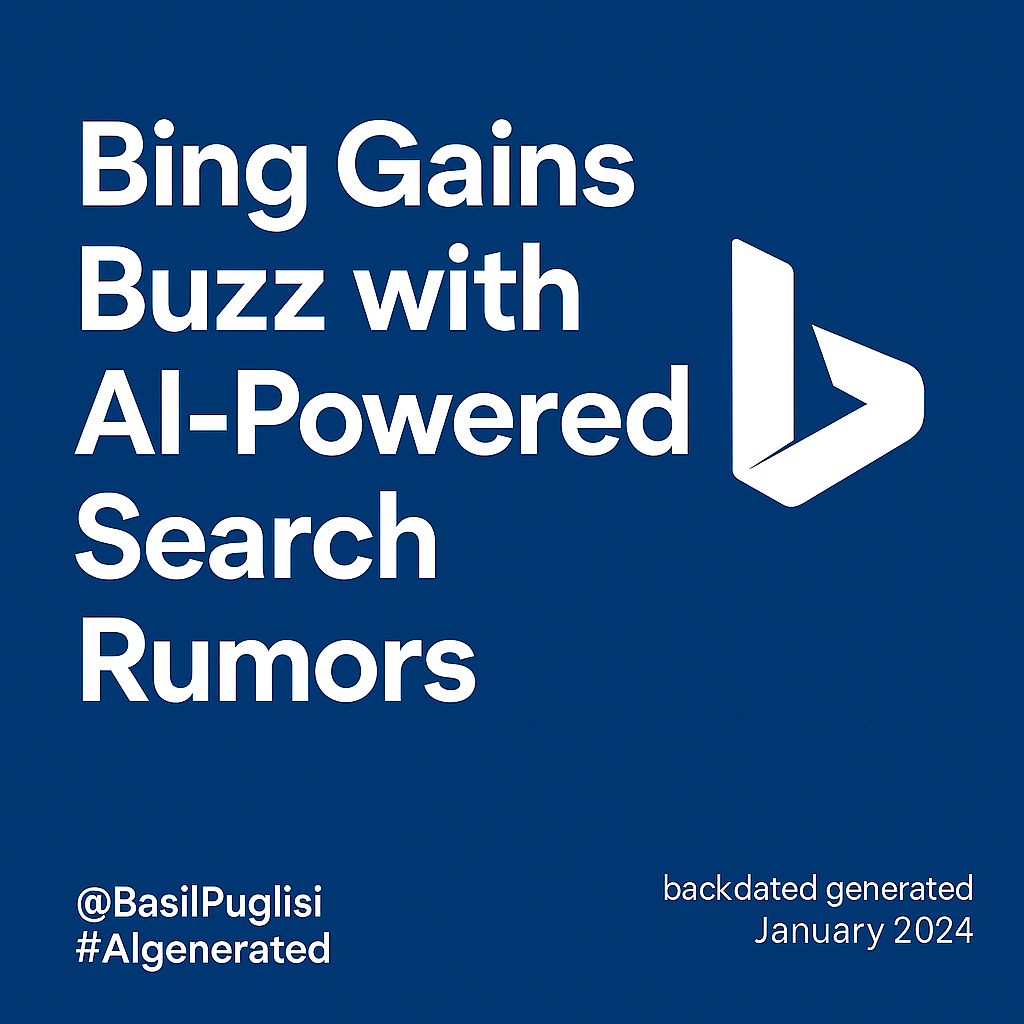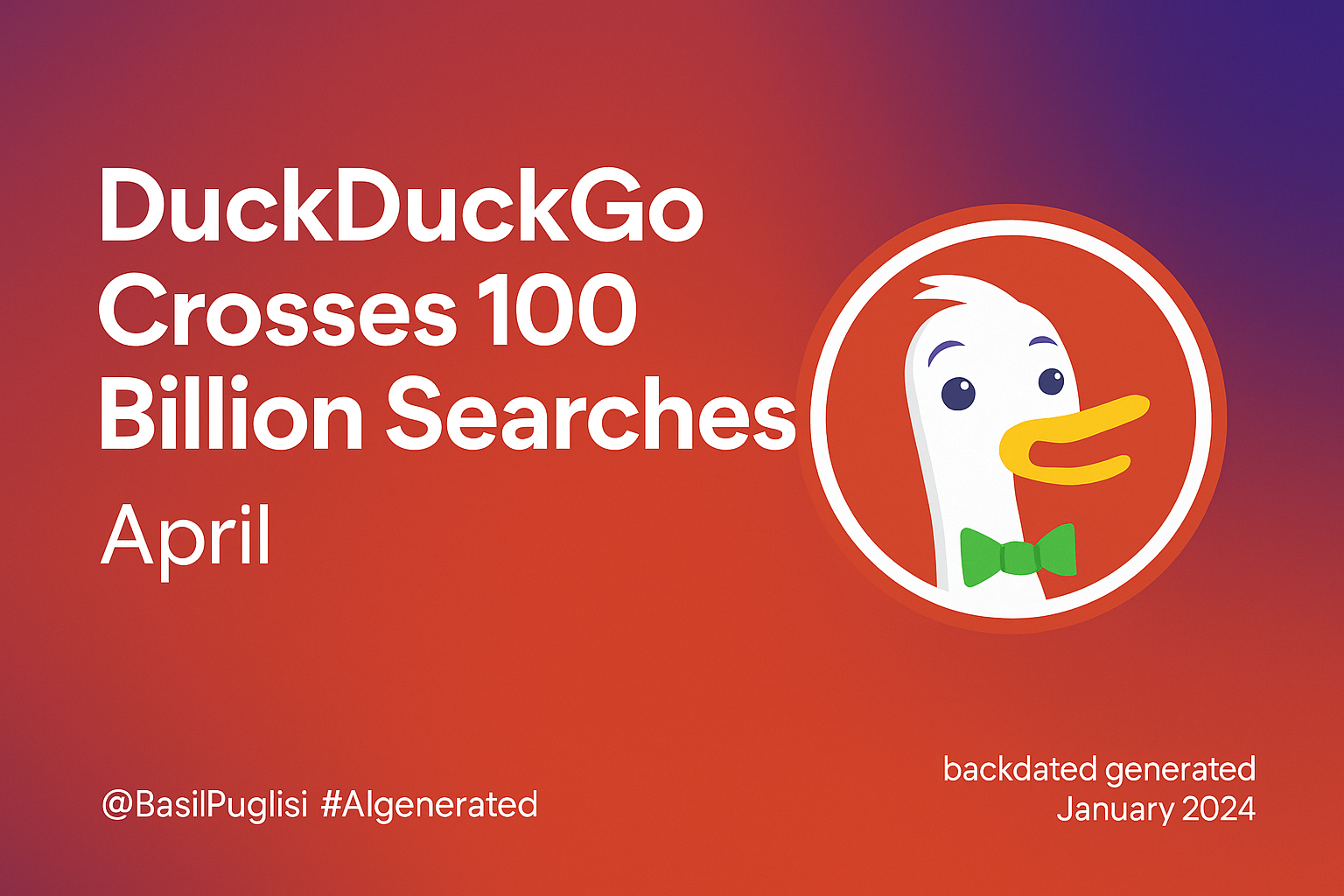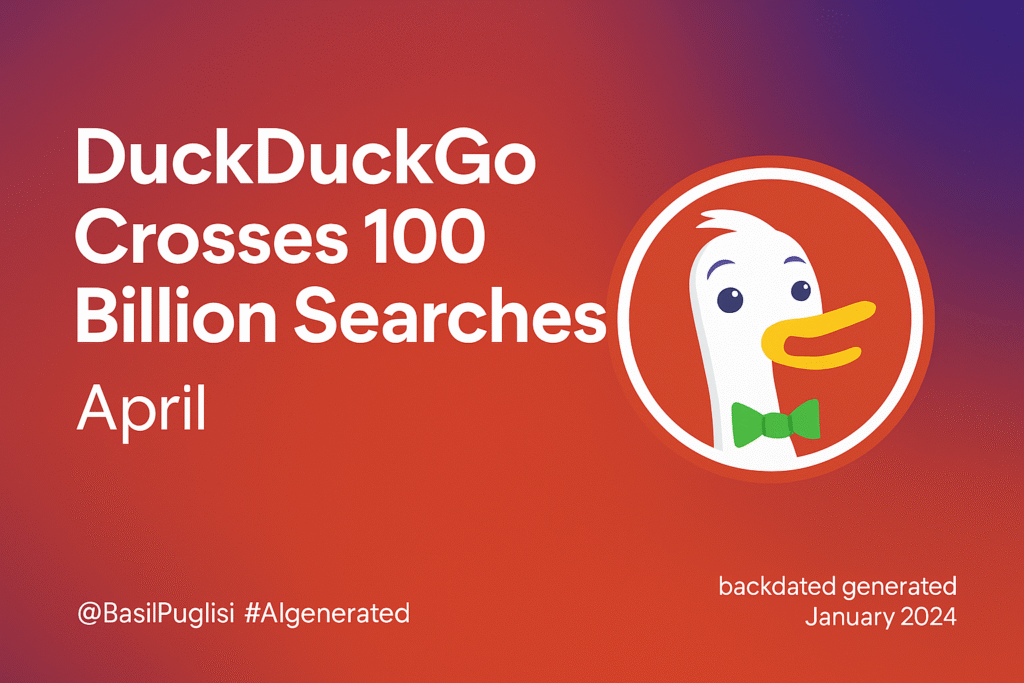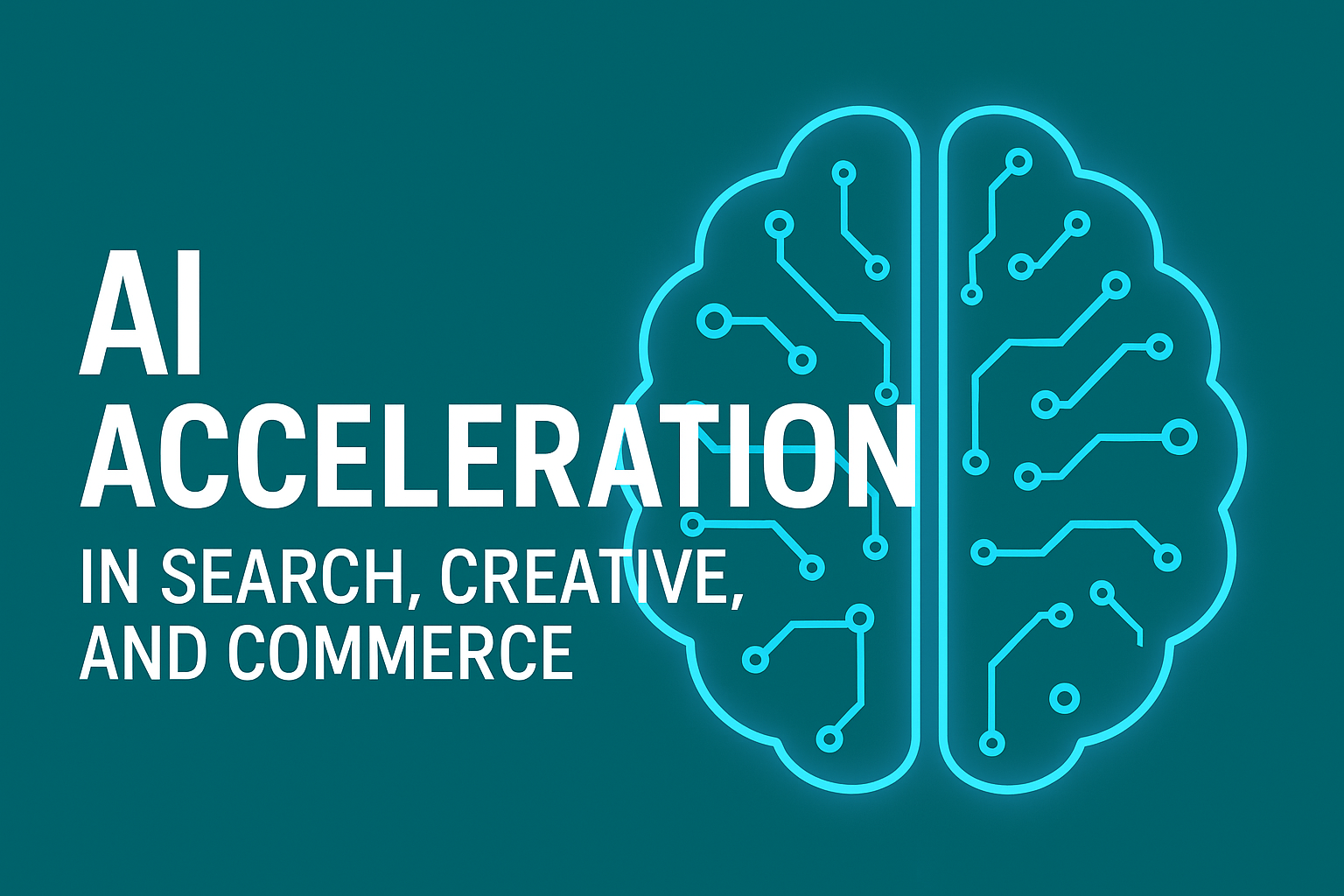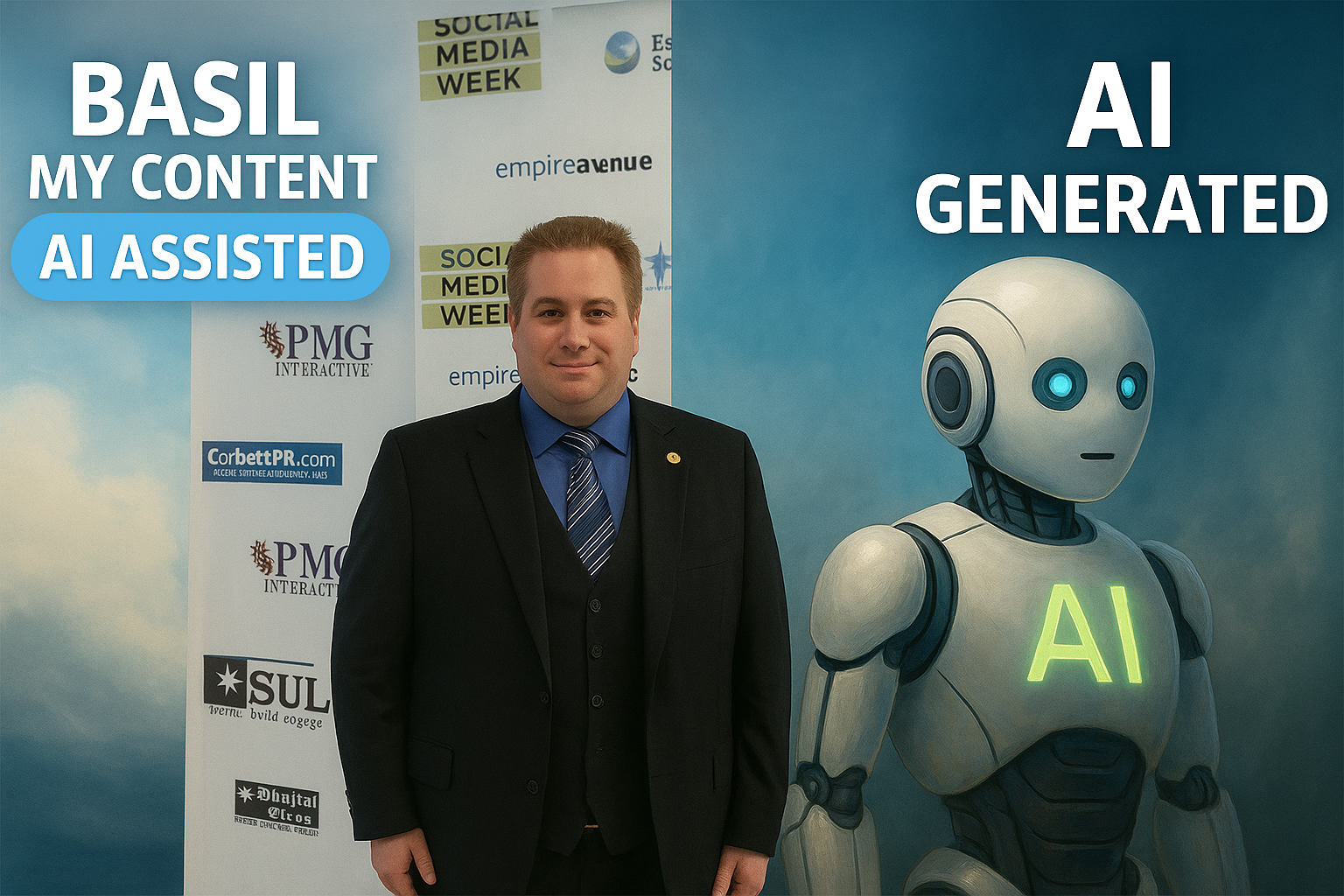Google’s August Core Update has caused notable shifts across industries. Some news sites and niche blogs have seen gains, while thin affiliate content and low-authority sites have dropped.

As with most core updates, Google has not provided specific details, but patterns suggest continued prioritization of high-quality, authoritative content. Sites with strong E-E-A-T signals (Experience, Expertise, Authoritativeness, Trustworthiness) appear to have fared better.
For SEO professionals, the lesson is consistent: focus on long-term quality improvements rather than chasing short-term algorithm tweaks.
